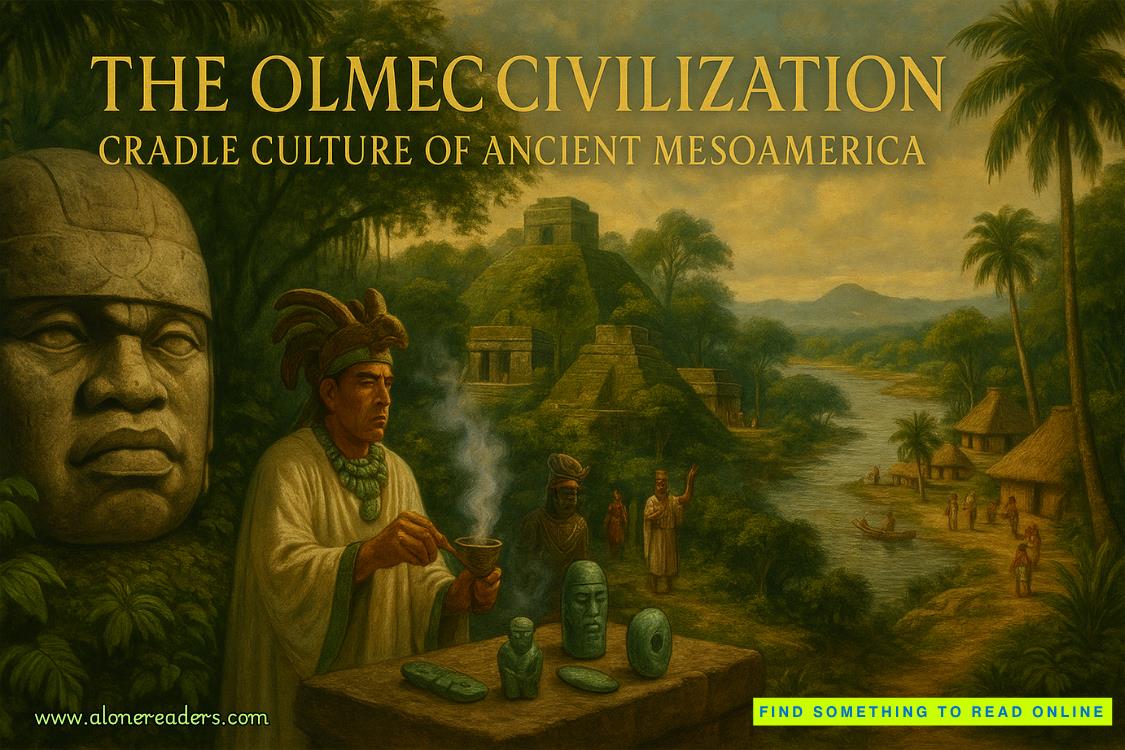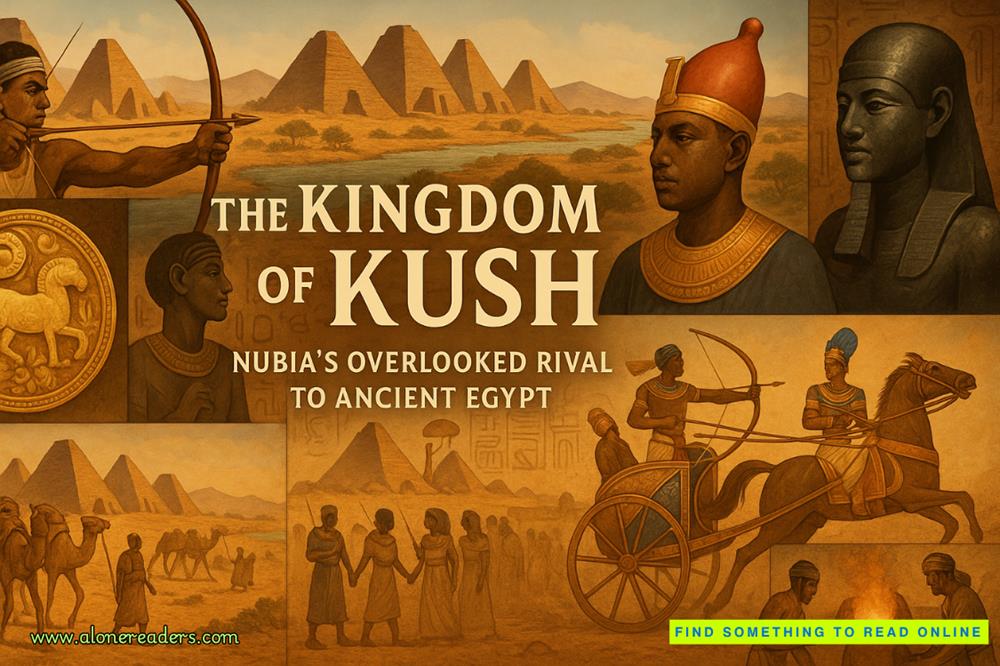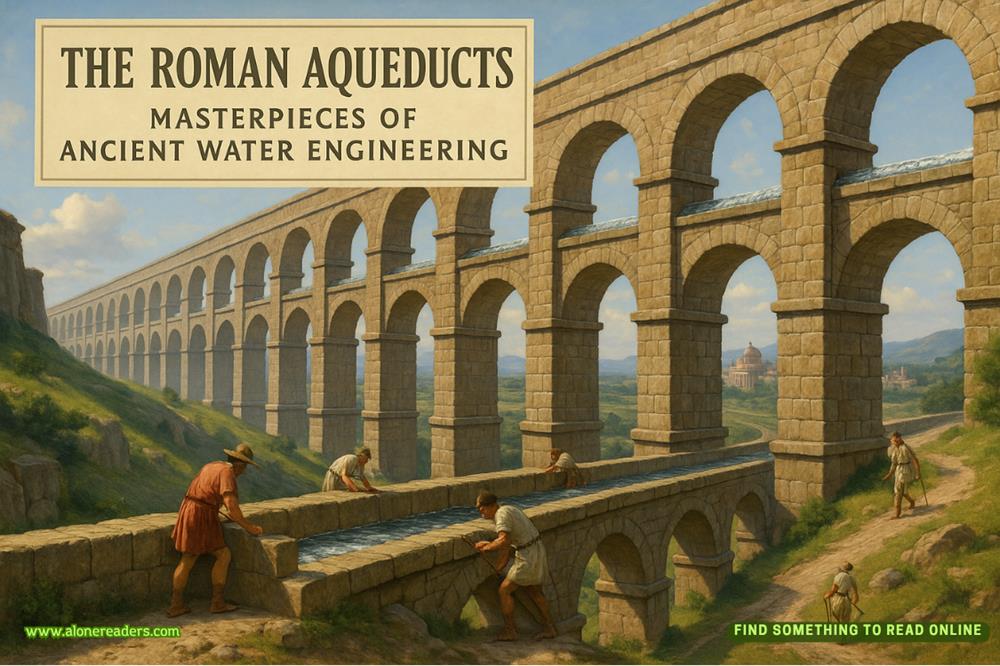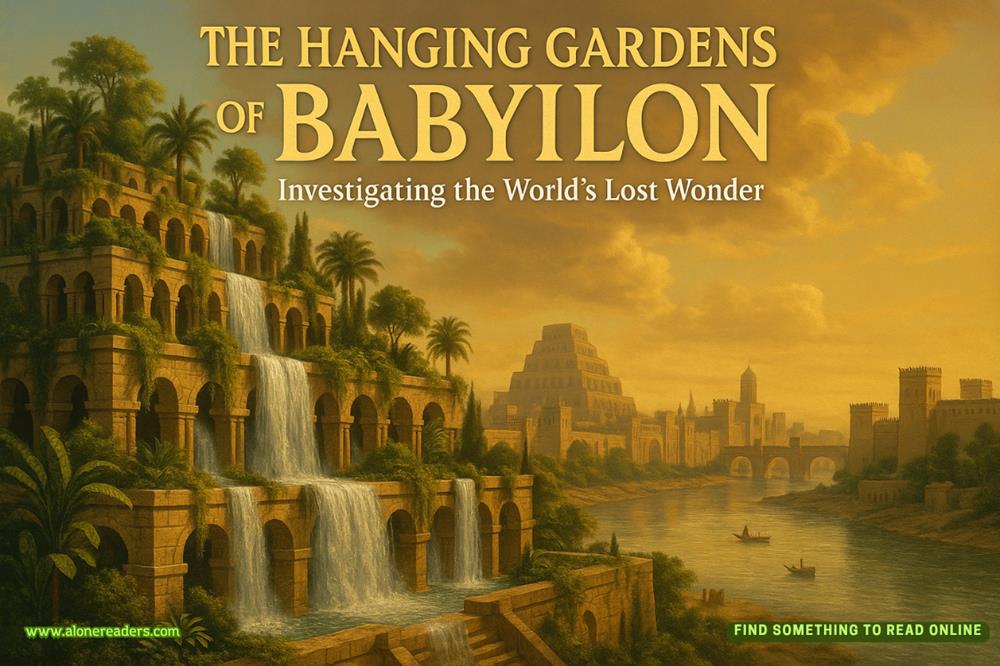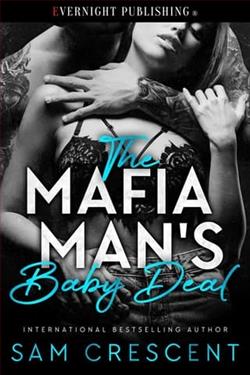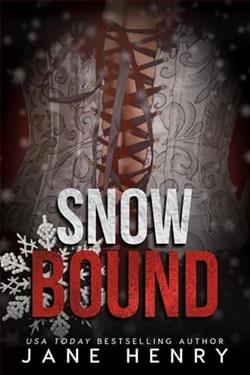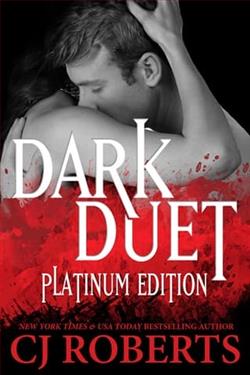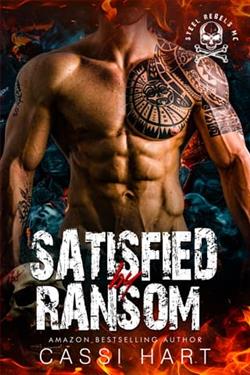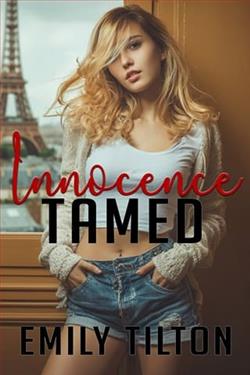Page 7 of The Christmas Invitation
‘I’m afraid that would be impossible, because I reallydohave things to arrange first,’ I told her. ‘Besides, I’d prefer to drive up in my own van.’
‘You have a van?’
‘A small camper van. I keep it on my friends’ smallholding near St Albans and they drop it off here when I need it.’
That wasn’t very often, and Freddie and Joe had the use of it the rest of the time, so the arrangement worked well. It wasn’t as if it was a romantic old vintage Dormobile or anything like that, but a more modern small vehicle, narrow but tall, and containing only the modicum of living facilities. I could get all my painting gear in it and also safely transport tacky canvases, so I’d found it useful to camp in it when it was inconvenient to stay with my sitters. In fact, I often much preferred to do that, though in this case, it wouldn’t be an option up on the Lancashire moors in the middle of winter.
Clara, having attained her main objective, conceded the point. ‘In that case, you can follow me up to Starstone Edge as soon as you’re ready.’ She turned that force-field smile on me again. ‘If you do decide to stay on over Christmas, Henry would be so delighted to introduce you to all the festive manifestations of the season.’
That all sounded a bit Jacob Marley.
‘Most of the Christmas traditions are actually a late Victorian embroidering of old pagan rites,’ River said.
‘That’s true, which makes them very suited to the Red House, which is Victorian Gothic of the most overblown kind. I let Henry have full rein over the celebrations: it’s the highlight of his year, especially the tree. He always chooses one so tall, we have to decorate half of it from the stairs or using a stepladder.’
At the farm, we also had a pine tree, a small one, which was hung upside down in the hall and decorated with corn dollies, nuts, sprigs of holly, mistletoe and other symbolic odds and ends.
Christmas at the Red House sounded so interestingly different from anything I’d known, and it was tempting. But then,I’d only just escaped from one house full of people, so did I want to be pitchforked into a party of strangers?
I needn’t decide now, I reasoned. I’d go there and begin the portraits, and then, if it was all too much, escape with River back to the Farm after the Solstice.
Clara, mission accomplished, removed herself and the force-field of her personality back to the club she was staying at, leaving only a large dent in the sofa cushion to show she’d ever been there.
I think she’d used up most of the oxygen in the room, because I barely had the energy to eat the takeaway when it arrived.
When I woke late next morning, River had already set off for home. He’d left a pebble on the coverlet of the bed in the spare room, inscribed in pencil with the message, ‘See you on the 21st!’
When I turned it over, I saw he’d added, ‘May the Goddess bless you!’
But I think she already had, even though it might well turn out to be a blessing of the mixed kind.
Clara
I was born over seventy years ago in the Lancashire village of Starstone. My father, Cecil Mayhem (always pronounced ‘Maim’), was the vicar there, a quiet, scholarly man with a keen interest in ancient languages and archaeology.
I grew up to all intents and purposes an only child, for my sister, Bridget, was an exceedingly last-minute arrival, long after we had moved to a parish in Devon. I was precocious and clever, and Father augmented the teaching of the small local school with lessons in such subjects as Latin and Ancient Greek, while Mother, the daughter of a diplomat, made sure I was fluent in French, German and Italian.
These lessons were shared by my great friend Henry Doome, second son of the family who lived in the local manor house, Underhill. Although almost a year younger than me, he was my equal in everything and even as children you could see the direction our careers would one day take. Henry was keenly interested in poetry and the interplay of words, while my early fascination with epigraphy was sparked by an ancient stone incised with runic markings that stood in the graveyard of the small village church. Henry and I spent ages taking rubbings from it and trying to decipher them.
Henry’s brother, George, was his complete opposite, being vain, rather stupid and games mad. The only thing they shared was the fair, blue-eyed Doome colouring and the straight Grecian nose that appeared in so many of the family portraits.
George was sent off to prep school at eight and was destined to follow the family tradition of going into the army for a few years, a rite of passage presumably intended to instil a sense of discipline and turn the eldest son into an officer and gentleman. Of course, in his case that was a forlorn hope, for though he became an officer, he was never a gentleman, nor did he ever develop any discipline or self-control that I ever noticed.
Starstone was an ancient upland village, set in a beautiful valley, surrounded by hills that often bloomed over with the saffron and purple hues of gorse and heather.
As well as the church, we had a village hall, the pub, a general shop and a tiny school: everything you might need, right on the doorstep.
The pub, the Pike with Two Heads, also let rooms and was frequented both by anglers, keen to try their luck in the river that ran through the middle of the village, and by artists attracted by the rugged scenery and the striking inverted V of the Starstone (or rather stones, for there were two leaning together) atop the hill behind the Doomes’ manor house, from which the village got its name.
The hamlet of Starstone Edge was clustered along the top road that ran around one side of the valley until it came to a stop at the upper end, by the rear entrance to the Underhill estate. Beyond that, it was just a gated farm track that wandered off over the moors in the general direction of Yorkshire.
But if you followed the road the other way, down the valley and through the clustered cottages and villas of the hamlet, you arrivedat the large Victorian Gothic pile that was the Red House, home of the Gillyflowers. The name of the house derived from the red bricks that divided up the local sober grey stone into layers, like some strange cake.
There were no more dwellings beyond it, just the turning that would take you up over the moors to the village of Thorstane in the next valley, unless you headed down the scary hairpin bends of the Grimlike Pass to the small market town of Great Mumming, which to us at that time seemed an exciting metropolis.
This, for the first eight years of our lives, was our world.
4
